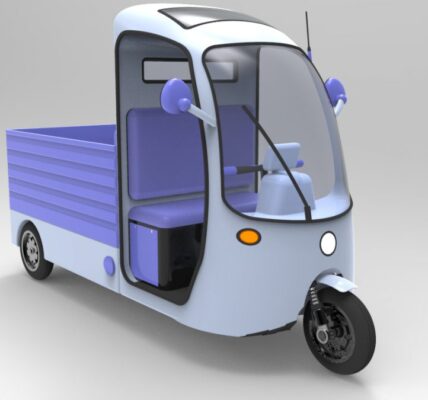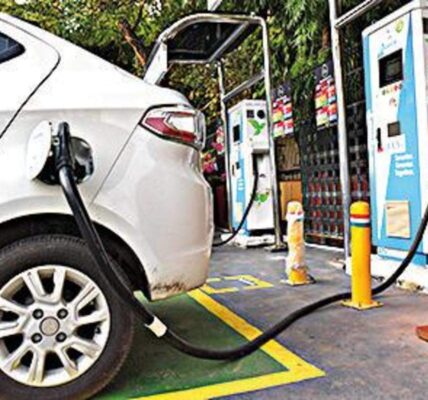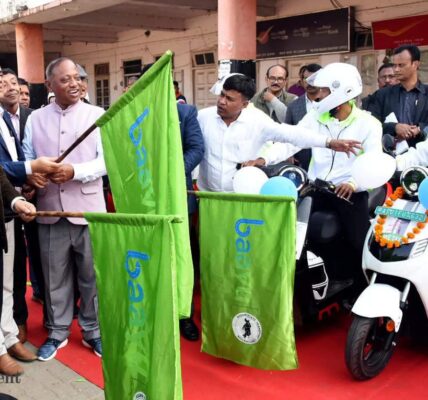Green growth is one of the seven key priorities of the Union Budget. The government has introduced a number of initiatives like the Green Hydrogen Mission, Green Credit Program, PM-PRANAM, GOBARdhan Scheme, Bhartiya Prakritik Kheti Bio-Input Resource Centers, etc. to accelerate India’s green transition.
Electric vehicles are one of the fulcrums around which the growth path will be tracked. A look at the numbers will reveal the steady progress that EVs have made not only in India but across the globe. By 2026, the worldwide electric vehicle industry will be worth $777 billion, growing at a staggering CAGR of more than 36%.
PLI Schemes: Making EVs affordable and creating job opportunities
India is one of the select group of nations that endorse the global EV campaign, which calls for at least 30% of vehicle sales to be electric by 2030.
The government will likely replace the second phase of Faster Adoption and Manufacturing of Electric Vehicles or FAME II with PLI schemes that will encompass advanced chemistry cell battery storage, automobiles, and automobile components. As a result, subsidies would be distributed directly to manufacturers rather than being distributed at the point of sale, reducing production costs, making electric vehicles even more cost-effective, and enabling India to jump-start its transition to clean hydrogen fuel cell and electric vehicles.
Research by the Society of Manufacturers of Electric Vehicles (SMEV) estimates that by 2030, India’s EV industry will offer over 9 million job opportunities.
Electrification of public transportation
According to Niti Aayog, by 2030, 80% of 2-and 3-wheelers, 40% of buses, and at least 30% of cars will be electric.
While the Centre looks towards a “decarbonized” future, thousands of extremely polluting diesel buses in state road transport corporations may be replaced with electric buses. Since e-buses account for a minor share of the EVs sold in the country, a monthly increase in the vehicle fleet is warranted to achieve the net zero emissions target by 2070. As of Q1 FY23, 467 e- buses have been sold, with a sequential increase of 39% and a YoY increase of 51%.
State governments have an extensive role in EV adoption as many people depend on state-administered transportation systems for their daily commute. Under the National e-Bus Plan, the Centre intends to invest $10 billion in the purchase of 50,000 electric buses in order to advance the electrification of the public transportation system. State-run road transport corporations are continuously being urged to replace their current fleets with electric buses.
However, the low profitability of the leasing contracts for electric buses remains a challenge to be tackled. Leasing companies are now demanding payment security mechanisms to mitigate the risk of delayed payments from State Transportation Units. The central and state governments will have to work together to make the system financially viable and attract manufacturers.
Improvement in EV/Public Charger Ratio
By the year 2030, India would need 20.5 lakh charging stations, a dramatic upswing from the 5524 public charging stations that are already present as on January 2023. The charger point-to-EV ratio in India now stands at 1:130. This needs to be at least 1:30 in the next five years.
The Bureau of Energy Efficiency (BEE) has created action plans for the installation of public charging stations for nine major cities. According to preliminary projections, these cities are aiming to have 46,397 public charging stations (PCS) by 2030. The Hyderabad metro rail will be the first to provide electric vehicle charging facilities at metro stations. Other cities are expected to follow suit and make public or semi-public charging stations more easily accessible. After the saturation of EV infrastructure in megacities, the coverage will expand to other tier 2 and tier 3 cities in a phased manner. The aim is to have at least one charging station every three kilometres and at every 25 kilometres on highways.







